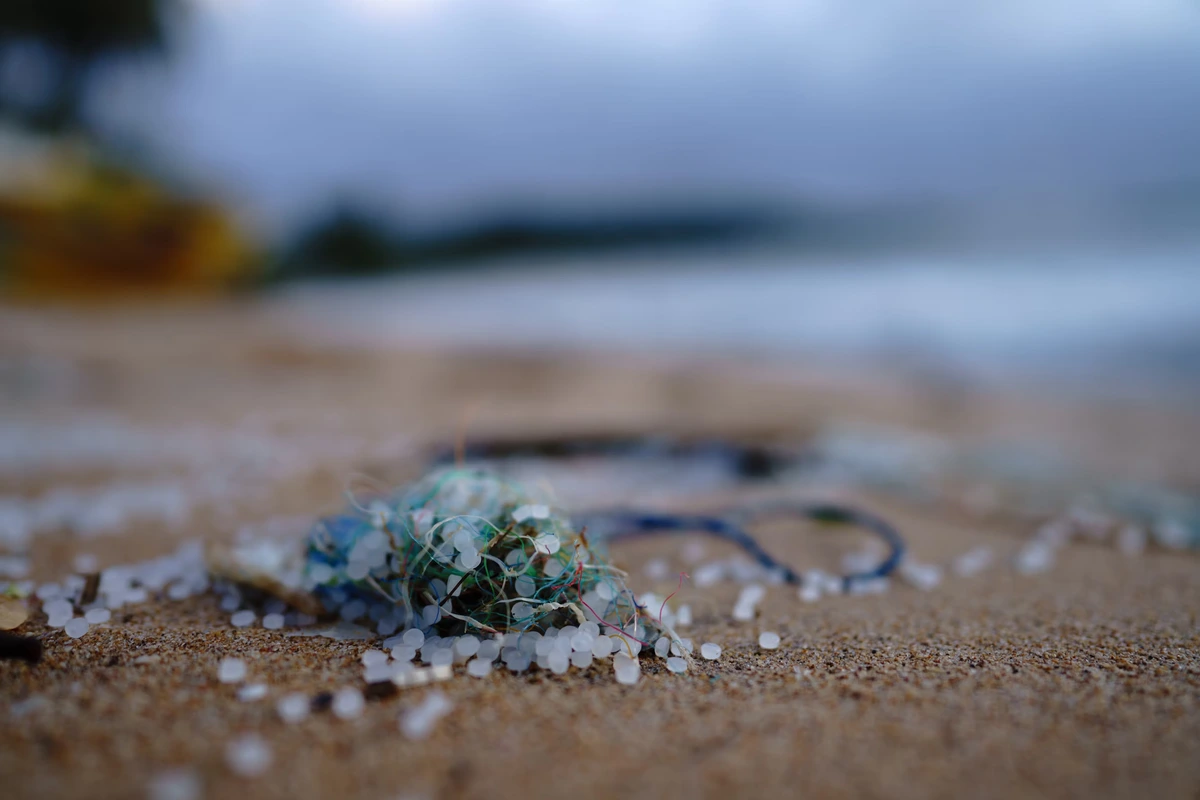The European Commission (EC) has made a major breakthrough in the fight against microplastic pollution with the signing of a provisional agreement between the European Parliament and the Council. The new regulation targets microplastic pellets, the tiny building blocks of countless plastic products, and aims to significantly reduce their release into the environment across the entire supply chain. If approved, the rules could slash pellet losses by nearly three-quarters.
After intense negotiations, EU legislators have reached a consensus on the Commission’s proposal to regulate microplastic pellet handling, with a particular focus on transport, especially maritime, a known weak link in the chain. These tiny plastic particles, often spilled during transit or at industrial sites, can end up in the ocean and soil, where they harm wildlife and infiltrate the food chain.
The newly agreed measures will compel businesses across the entire supply chain to adopt better practices to prevent, contain, and clean up spills. These include using high-quality packaging, employing containment tools like spill trays, and the mandatory cleaning up of leaks with properly equipped vacuums. The goal is to significantly reduce the estimated number of pellets lost during handling, the quantity of which continues to threaten ecosystems and biodiversity.
To ease the transition for smaller operators, the regulation includes scaled obligations. Companies handling under 1,500 tonnes of plastic pellets per year will only need to provide a self-declaration rather than undergoing formal certification. Micro and small businesses will also receive additional support to help them adapt to the new standards.
Plastic pellets, once lost in the environment, are notoriously difficult and expensive to remove. They not only pollute oceans and agricultural soils but also pose a serious threat to wildlife, such as seabirds, turtles, and shellfish, which often mistake them for food. Beyond ecological damage, microplastics have been detected in human organs and bloodstreams, sparking growing concern over long-term health effects.
In a move toward accountability and standardisation, European regulatory bodies will create a single methodology for tracking pellet losses. This will allow for better data collection and analysis while encouraging companies to adopt safer handling methods and improve public awareness.
This initiative builds on the bloc’s broader environmental goals outlined in the EU Plastics Strategy, the Circular Economy Action Plan, and the Zero Pollution Action Plan. Together with last year’s restriction on intentionally added microplastics, this new regulation marks the EU’s first direct action to tackle microplastic pollution at its source. The goal is a 30% reduction in microplastics released into the environment by 2030.
The agreement must now be formally adopted by the European Parliament and the Council. Once approved, the regulation will come into force 20 days after its publication in the Official Journal of the European Union.
Read related:
Microplastics in bottled water: which brands are the safest to drink?
Monaco Life is produced by a team of real multi-media journalists writing original content. See more in our free newsletter, follow our Podcasts on Spotify, and check us out on Facebook, Instagram, LinkedIn and Tik Tok.
Photo credit: Soren Funk, Unsplash
